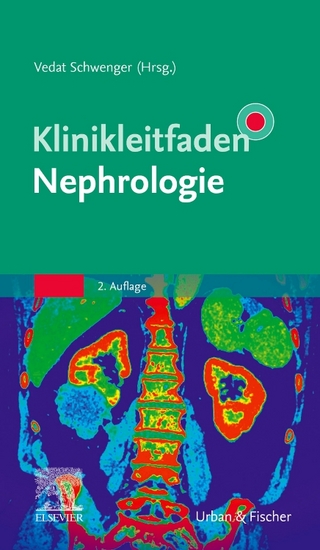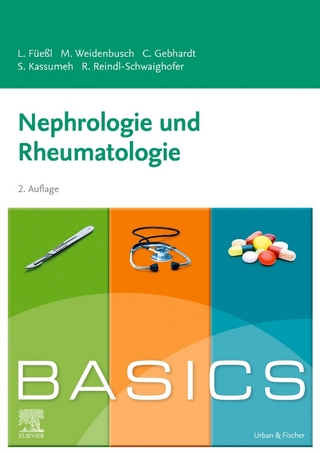
Aluminum and renal failure
Springer (Verlag)
978-0-7923-0347-3 (ISBN)
Boyce BF, Elder HY, Elliot HL, Fogelman I, Gell GS, lunor Bl, Beastall G, Boyle YT, 1982: Hypercaicaemic ostemalacia due to aluminium toxicity. Lancet 6: 1009. 2. Verbueken AH, Visser Wl, Van de Vyver FL, Van Grieken RE, De Broe ME, 1986: The use of laser microprobe mass analysis (LAMMA) to control the staining of aluminum by aurin tricarboxylate (aluminon). Stain Technology 61: 287.
General.- Historical survey of aluminum-related diseases.- Chemistry of aluminum.- The metabolism of aluminum.- Intestinal absorption of aluminum.- Aluminum determination in biological samples.- Quality control of aluminum measurements.- Pathophysiology.- Pathophysiologic mechanisms of aluminum toxicity: Aluminum-induced bone disease.- Aluminum encephalopathy: Experimental vs human.- Alzheimer’s disease: Aluminum and fibrinous proteins.- Aluminum interaction with macromolecules and membranes.- Cellular and subcellular localization of aluminum: Histochemistry.- Cellular and subcellular localization of aluminum.- Experimental models of aluminum toxicity.- Clinical.- Sources of aluminum.- Unusual sources of aluminum.- Experimental aluminum induced bone disease.- Aluminum induced bone disease: Clinical features.- Aluminum induced bone disease: Histology.- Dialysis encephalopathy.- Other clinical syndromes associated with aluminum. Microcytic anemia, joint pain, severe infections, liver dysfunction.- Aluminum toxicity in childhood.- Occupational exposure to aluminum and its compounds and their health effects.- Diagnosis.- The Diagnosis of aluminum toxicity.- Treatment.- Deferoxamine therapy of aluminum toxicity in dialysis patients.- Alternative phosphate binders for aluminum hydroxide.- Risk factors for aluminum toxicity and its prevention.- Index of subjects.
| Erscheint lt. Verlag | 31.3.1990 |
|---|---|
| Reihe/Serie | Developments in Nephrology ; 26 |
| Zusatzinfo | X, 378 p. |
| Verlagsort | Dordrecht |
| Sprache | englisch |
| Maße | 155 x 235 mm |
| Themenwelt | Medizinische Fachgebiete ► Innere Medizin ► Nephrologie |
| Medizin / Pharmazie ► Pharmazie | |
| Naturwissenschaften ► Biologie ► Biochemie | |
| ISBN-10 | 0-7923-0347-4 / 0792303474 |
| ISBN-13 | 978-0-7923-0347-3 / 9780792303473 |
| Zustand | Neuware |
| Haben Sie eine Frage zum Produkt? |
aus dem Bereich


